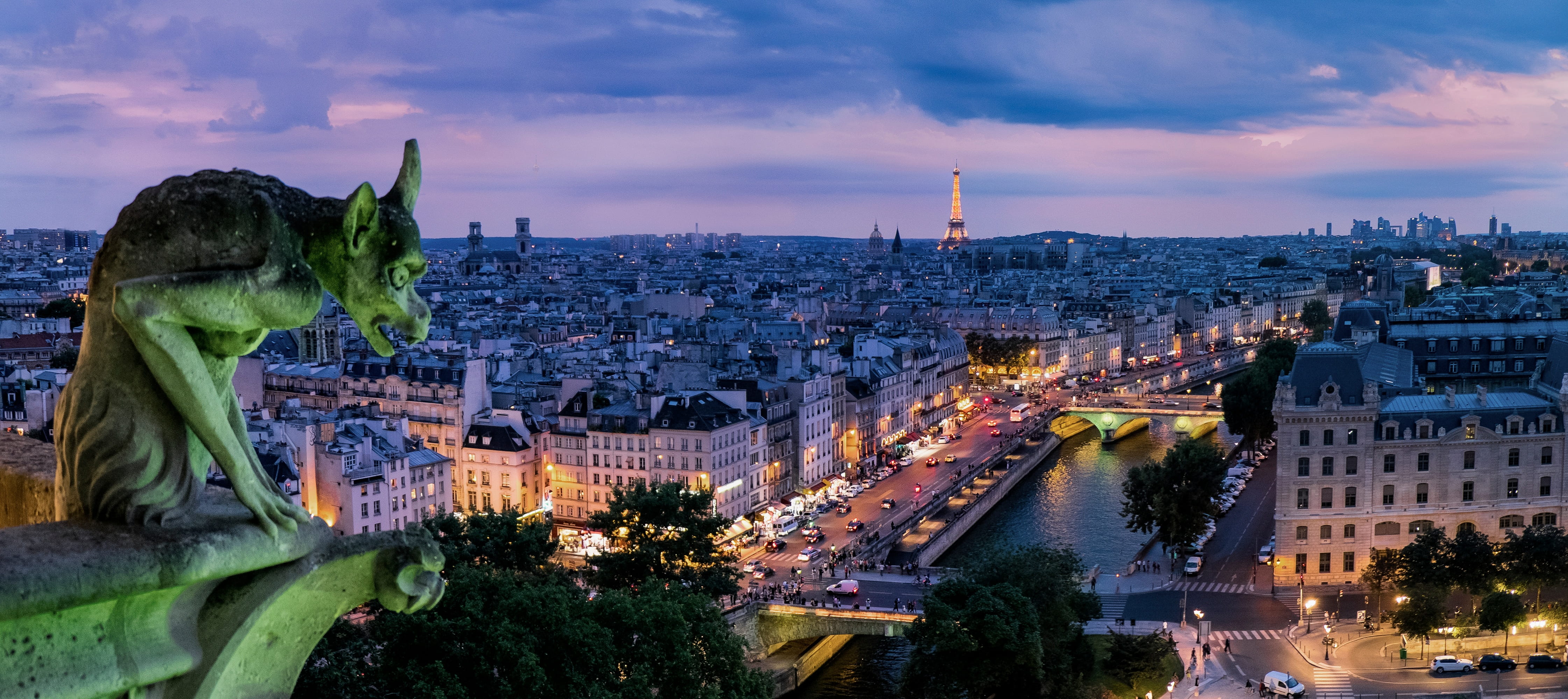Why do people take photos?
Published: 20.07.2021

Since the invention of the first camera by Joseph Nicéphore Niépce in 1826, photography has become a part of human life, forever changing our perception of visualization possibilities. Initially, cameras were only available to professionals and photos were taken on special occasions. However, modern smartphones equipped with quality optics allow their owners to capture almost every moment of life. To understand why people take photos, one must look into the past.
The History of Photography
In every period of history, there have been ways to create images of people and the surrounding reality. Cave paintings of prehistoric civilizations, frescoes in Egyptian pyramids, Greek and Roman statues, portraits from the Renaissance era reflect people's desire to leave material evidence of their existence on earth.
The mentioned types of art were quite labor-intensive, there were not many professional painters and sculptors, working on a painting or statue took not just one month, not to mention the cost of materials. Therefore, only the powerful of this world could immortalize themselves for posterity in a portrait or bust.
The emergence of photography during the Industrial Revolution was a response to the middle class's need for portraits. The undeniable advantage of photographs was their simplicity and affordability compared to oil paintings. In the 20th century, photo studios became widespread and despite the underdeveloped technology, quickly gained popularity. In addition to personal photos, photography penetrated into science, industry, education, and other areas of society.
The press immediately realized the power that photographs could add to reports, which led to the birth of photojournalism. Genres such as documentary, landscape, and architectural photography emerged. Travelers and ethnographers brought back images of the daily lives of other peoples from their expeditions, revealing previously unknown civilizations to the Western world.
Although early photography was mainly focused on gathering information, society began to consider it as art. Artistic photography set a new direction - to create beautiful photos of people for visual enjoyment.
Photography and Modernity
The reasons why people take photos have changed throughout history. Equipment has gradually evolved - exposure time has decreased, the quality of photos has improved, and color photo printing has appeared. The emergence of compact cameras brought photography to the mass market. Thanks to technological innovations, the ability to take high-quality photos is now not only reserved for professionals. Today, photography plays an important role in society as a whole and for ordinary citizens. The photos people take depend on the situation, environment, and equipment. Here are the main reasons why we strive to capture important moments:
From the great photos that you will definitely take, create a Light album. You don't need to print the photos separately for this. We will print your photos directly on the pages of the Light album. Upload images to the free editor Mapi7 and create a themed Light album. You can upload photos from your phone.
- Photos allow us to remember history. Thanks to this technology, humanity has been able to preserve many important moments of the 20th century, such as the moon landing, images of world wars, the fall of the Berlin Wall, and many others.
- Photos preserve memories. Important moments in life - graduation, starting a family, the birth of children - speak to who we are. Photographs tell the story of what is dear to us, in the form of images.
- Photographs allow people to communicate. In the late 20th and early 21st centuries, social networks have become an integral part of people's lives of all ages. Instagram is another reason why people take photos.
Today, photography is the most common method of visual communication. In 1980, Kodak announced that 80 billion photos had been taken. With the advent of digital technologies, taking photos became much easier and the growth became exponential. In 2015, the research company InfoTrends estimated that over one trillion photos were taken worldwide in a year. The majority of these photos were taken with smartphone cameras and other mobile devices.
You no longer need to receive education in the field of photography, carry a bulky lens with you, and spend hours looking for the right angle. Even professional photographers are abandoning DSLR cameras in favor of the new iPhone.
Everyday photos that people take can be posted on Facebook, on a personal website, or in a blog without extensive post-processing. Quick snapshots satisfy emotional needs and the desire to share interesting, beautiful, and fun moments with others.
Cool photos deserve an unusual frame. Print your cool pictures in a polaroid style. Fans of instant photography from the 90s can experience familiar feelings by holding a photo in a Polaroid style. Those who are not familiar with traditional Polaroids will enjoy square images with space for captions.
Any human emotion can find a place in photography. We capture joy, sadness, and compassion. People and places that evoke emotions such as love, wonder, and excitement. Photography is a powerful tool that speaks to our feelings.
Not everyone is born an artist or a sculptor. But most people strive to create something beautiful. We see a beautiful landscape, a child, an old man with wrinkles, and we want to capture that moment. Whether we do it for commercial or personal reasons, creating works of art connects us to something higher.
Regardless of whether we shoot with a high-end camera or a mobile phone, whether we are amateurs or professionals, everyone has different reasons. Perhaps the best answer to the question of why people take photos is in the words of Karl Lagerfeld: 'What I like about photographs is that they capture a moment that is gone forever, impossible to reproduce.'









